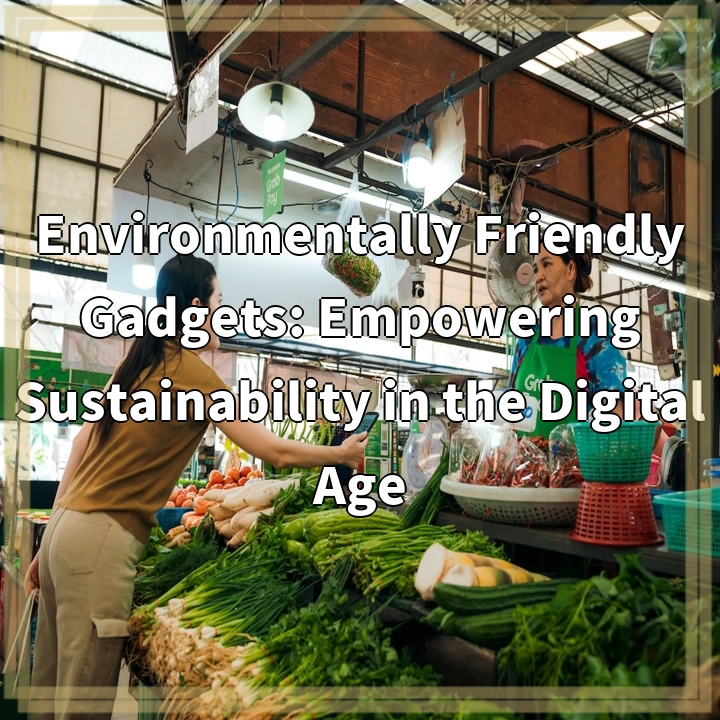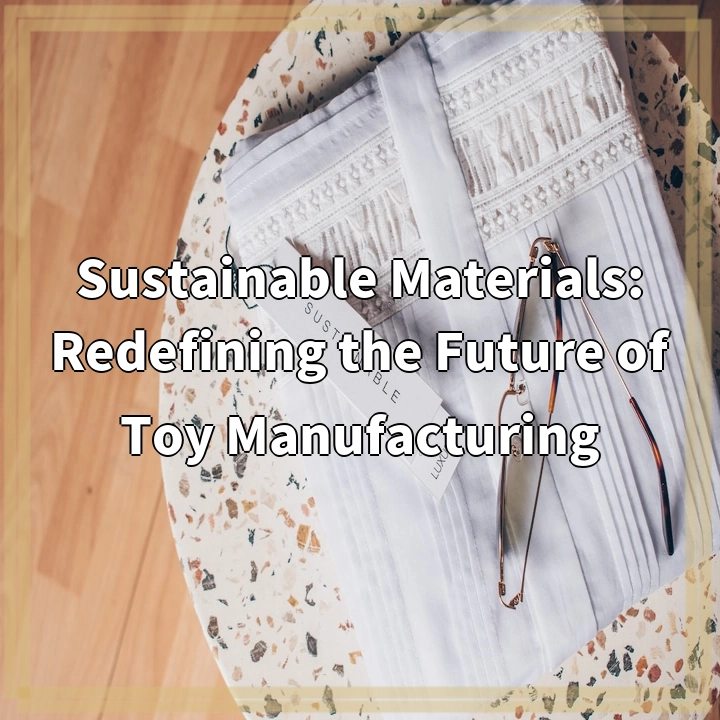
What are Environmentally Friendly Gadgets?
Environmentally friendly gadgets, also known as eco-gadgets or green gadgets, are electronic devices designed with a focus on reducing their environmental impact. These gadgets aim to minimize energy consumption, reduce waste generation, and promote sustainable manufacturing and disposal practices. They incorporate innovative technologies, materials, and design principles to achieve both functionality and ecological sustainability.
The Real-World Problems Associated with Environmentally Friendly Gadgets
1. E-waste Accumulation
While environmentally friendly gadgets intend to address environmental concerns, the rapid proliferation of electronic devices contributes to a significant problem – e-waste. E-waste, or electronic waste, consists of discarded gadgets and electronic components that end up in landfills, posing threats to human health and the environment. Despite efforts to create sustainable gadgets, the overall increase in consumption exacerbates e-waste management challenges.
2. Manufacturing Processes
The manufacturing of electronic devices involves a resource-intensive process that consumes energy, water, and raw materials. Many conventional gadgets are manufactured under unsustainable conditions, leading to carbon emissions, water pollution, and habitat destruction. Environmentally friendly gadgets strive to minimize these negative impacts, but the broader electronics industry must adopt more sustainable manufacturing practices to overcome this problem.
3. Energy Consumption
The energy consumption of electronic devices, especially those that require continuous power supply, contributes significantly to carbon emissions. Environmentally friendly gadgets prioritize energy efficiency, utilizing power-saving technologies and intelligent features to reduce their energy demands. However, the challenge remains in educating consumers about energy-saving behaviors and encouraging the adoption of low-power alternatives.
4. Limited Lifespan and Upgradability
Many gadgets have short lifespans and limited upgradability, leading to frequent replacements and wasted resources. Environmentally friendly gadgets focus on durability, repairability, and modularity, allowing for longer product lifetimes and reducing e-waste. However, the prevalence of planned obsolescence in the electronics industry remains a significant hurdle to overcome.
5. Disposal and Recycling Challenges
Improper disposal and recycling of electronic devices pose environmental and health risks. Many gadgets contain hazardous materials such as lead, mercury, and brominated flame retardants. Environmentally friendly gadgets incorporate safer materials and promote recycling programs to minimize negative impacts. However, improving infrastructure for proper recycling and educating users about responsible disposal methods are essential to address this challenge effectively.

Solutions for Environmentally Friendly Gadgets
Addressing the real-world problems associated with environmentally friendly gadgets requires a multi-faceted approach. Here are some potential solutions:
1. E-waste Management
To tackle the accumulation of e-waste, it is crucial to prioritize proper disposal and recycling of electronic devices. Implementing effective e-waste management systems, such as collection centers and recycling programs, can ensure that gadgets are recycled responsibly. Additionally, manufacturers can adopt strategies like designing gadgets with modular components to facilitate repair and upgrade and extend their lifespan.
2. Sustainable Manufacturing
To minimize the environmental impact of gadget manufacturing, the industry needs to transition towards more sustainable practices. This includes utilizing renewable energy sources, implementing efficient production processes to reduce waste, and adopting eco-friendly materials. Investing in research and development for eco-friendly manufacturing technologies can drive innovation and enable the widespread adoption of sustainable practices.
3. Energy Efficiency
Encouraging energy-efficient behaviors among consumers is crucial. Manufacturers should continue to prioritize energy-efficient design and provide information on energy-saving settings and features in their gadgets. Furthermore, raising awareness about the impact of energy consumption and promoting energy conservation can empower users to make informed choices and reduce their carbon footprint.
4. Longevity and Repairability
To combat the issue of short product lifespans and limited upgradability, manufacturers should prioritize durable and repairable designs. This includes using high-quality components, providing accessible repair resources, and designing gadgets with modularity in mind. Supporting initiatives that promote the right to repair and investing in user-friendly repair programs can extend the lifespan of gadgets and reduce e-waste.
5. Responsible Disposal and Recycling
Developing infrastructure for responsible disposal and recycling is essential. Governments and organizations should establish convenient and accessible e-waste collection points and promote their use. Educating consumers about proper disposal methods, including the hazardous nature of some gadget components, can encourage responsible recycling. Collaborating with electronics manufacturers to implement take-back programs can ensure that gadgets are recycled in an environmentally friendly manner.















